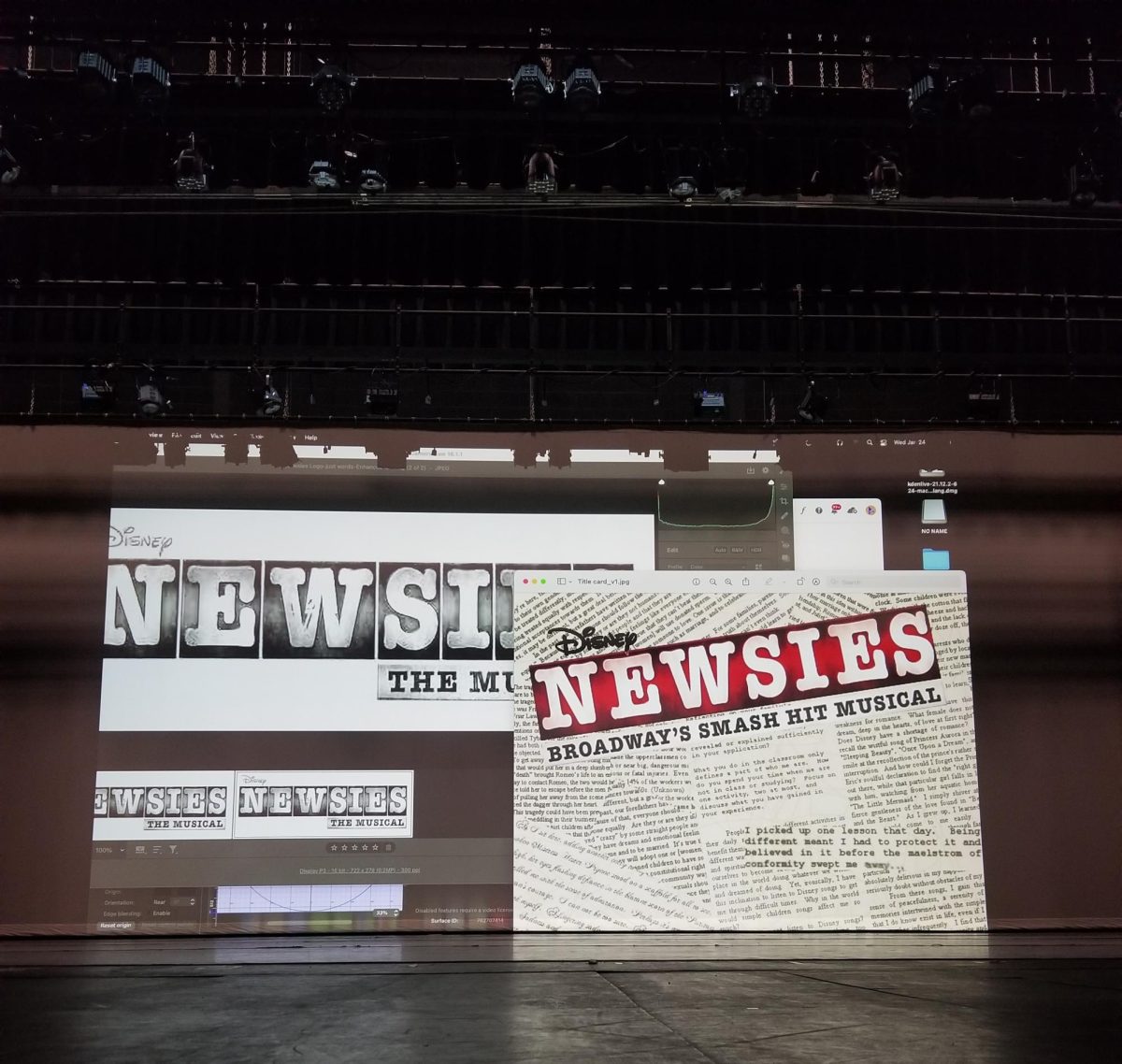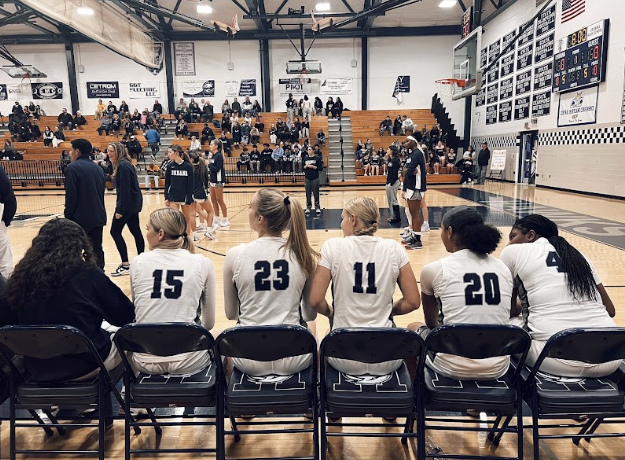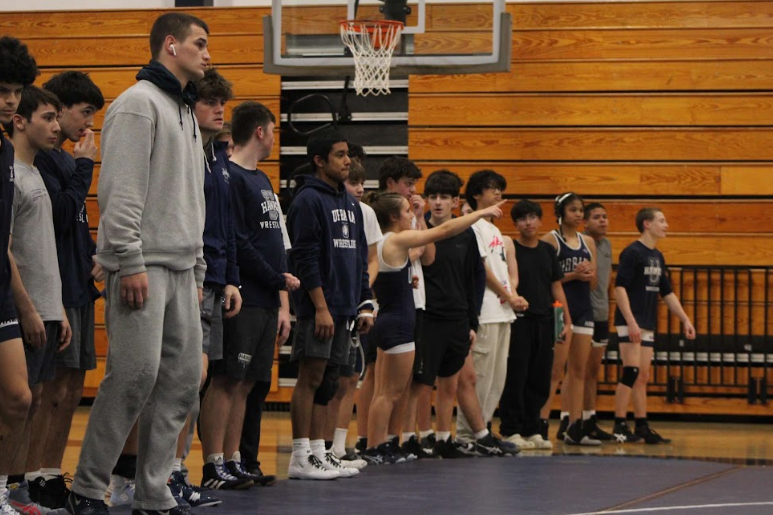Dress Code: A Bigger Distraction Than The Clothes It Bans
October 13, 2016
No one can deny that school is first and foremost a place for learning, and that students should dress accordingly. But the FCPS dress code has not been strictly enforced in recent memory at Urbana High School – that is, until this school year.
With the first week of school came a series of welcome assemblies which included the usual rules and regulations regarding cell phone use, attendance, and student parking. But controversy brewed over the restrictions for the dress code – no short shorts, no spaghetti straps, and no bared midriffs.
While Dave Kehne, principal, asserted at the assemblies that these rules did not target any specific group of people, the majority of them were clearly addressed to the school’s female population. “Shorts and skirts must come down to mid-thigh, and your shoulders and back must be covered,” students at the assemblies were told. Since most males do not sport shorts that stop above mid-thigh, nor do they generally wear “skimpy-strapped tank tops” (banned under the dress code rules listed on Urbana’s website), it would appear that these restrictions do not heavily apply to them – something that cannot be said for their female counterparts.
During the first week of school, many students were stopped – the vast majority of whom were female – because some part of their outfit violated the dress code. One such student’s mother emailed Kehne, asking whether this new enforcement of the rules was meant to prevent male students from being distracted, which Kehne denied. However, if this is not the reason that so much of the dress code revolves around how female students dress, then what is? And if it is, then perhaps the solution to the problem is not asking girls to cover up, but asking boys to grow up.
If the dress code is to be taken seriously, there should be a reasonable and consistent basis for its rules. For example: students are allowed to wear tank tops, but are banned from sporting thin straps which expose the shoulder. However, the amount of skin a slightly thicker strap covers versus that of a spaghetti strap is negligible – not to mention that in the first place, there is no discernible reason for covering one’s shoulders. They are often exposed by many kinds of shirts and are about as provocative as one’s elbows.
In the end, how one dresses is a way of expressing oneself. The lack of a uniform at Urbana allows individuals the opportunity to choose their own outfits and thus make a statement, yet requiring shorts that go down to mid-thigh and banning the showcase of bare shoulders severely limits the ways in which one can choose to make that statement. Urbana has always thrived, and it is my firm belief that it will continue to do so – with or without the enforcement of its dress code.


































